FTC Disclosure: Delicious Obsessions may receive comissions from purchases made through links in this article. As an Amazon Associate I earn from qualifying purchases.Read our full terms and conditions here.
Many of my readers are following the autoimmune protocol (AIP), which requires elimination of eggs. There are also a number of you who cannot tolerate eggs at all, which makes certain recipes a no-go.
This post is for you!
I am able to tolerate eggs in small amounts. I tolerate raw eggs much better than cooked eggs. I can get away with eating homemade mayo throughout the week, but I can’t sit down and eat a big plate of eggs for breakfast.
UPDATE 2/1/16 – I am no longer able to tolerate eggs, even in small amounts, and even raw. I seem to still be reacting to them, which my antibody reactions getting worse over time, so for now (and maybe permanently), I have eliminated them 100% from my diet.
Needless to say, baking without eggs can be tricky, especially when there are so many delicious recipes out there I want to try!
The most common egg replacers are chia seeds and flax seeds. I wrote a detailed post awhile back on how to use chia and flax eggs for your egg-free baking. You can read that here.
But, for those who are on the AIP, or those who simply cannot tolerate seeds in any form, that creates a dilemma for egg replacement.
Enter the gelatin egg.
Gelatin is a great binder and I personally prefer it over flax and chia eggs. I find that it blends in much smoother and binds a lot better. Oh, and gelatin is SUPER good for you too, so that makes it win-win! If you’re not familiar with the health benefits of gelatin, then you MUST read this post on the Top 10 Health Benefits of Gelatin, plus 80 Ways to Eat More of It.
How to Make Your Gelatin “Egg”
Making a gelatin egg is SO easy and you’ll be amazed at how well it works as an egg replacement in certain recipes.
Important Note On Gelatin Types
When it comes to gelatin, you don’t want any old gelatin off the supermarket shelves. You want to look for 100% grass-fed gelatin from healthy animals. Just like other animal products, quality is important.
That is why I recommend Vital Proteins Grass-Fed Gelatin products and Perfect Supplements products exclusively. I have compared these brand with other brands on the market and the quality far surpasses anything else I’ve tried. I am thrilled to be one of their affiliate partners and support such great products and companies.
Perfect Supplements offers a grass-fed hydrolyzed collagen (cold-soluble) right now and has a gelatin (hot-soluble) in the works for 2016. Read my review of their product here or watch the video below. You can order their own products via their own site here or on Amazon here.
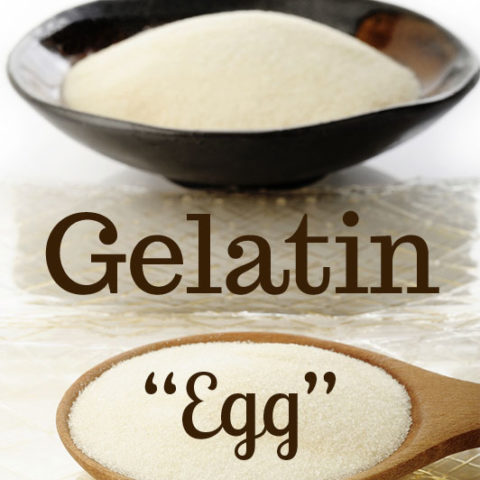
How to Make a Gelatin "Egg"
If you are allergic or sensitive to eggs, try using a gelatin "egg" in place of them in your baking. These gelatin "eggs" work well for a number of baked good recipes.
Ingredients
- 1 tbsp. grass-fed gelatin
- 1 tbsp. lukewarm water
- 2 tbsp. hot water
Instructions
- Mix the gelatin and 1 tbsp. of warm water together until the gelatin is wet. It will be a bit fluffy looking.
- Pour 2 tbsp. of hot water over the mixture and whisk vigorously. You will see the gelatin start to dissolve and it will turn into a thick, sticky paste.
- Let the gelatin "egg" sit for a 2-3 minutes and then add to whatever you are making. Stir in until well combined and proceed as normal with the recipe.
Notes
Gelatin "eggs" will work well in recipes where 1-3 eggs are required. In recipes calling for more than 3 eggs, you may start running into issues. There are some things that real eggs provide to a recipe that simply cannot be replaced by flax, chia, or gelatin eggs. You can definitely experiment, but I cannot guarantee recipes with 4+ eggs will turn out properly with the gelatin egg.
Recommended Products
As an Amazon Associate and member of other affiliate programs, I may earn a small commission from qualifying purchases.
Nutrition Information:
Yield: 1 Serving Size: 1Amount Per Serving: Calories: 0Total Fat: 0gSaturated Fat: 0gTrans Fat: 0gUnsaturated Fat: 0gCholesterol: 0mgSodium: 2mgCarbohydrates: 0gFiber: 0gSugar: 0gProtein: 0g
This website provides approximate nutrition information for convenience and as a courtesy only. Nutrition data is gathered from Nutritionix and we often find their calculations to be slightly inaccurate based on the whole food ingredients we use on this site. Nutrition information can vary for a recipe based on many factors. We strive to keep the information as accurate as possible, but make no warranties regarding its accuracy. We encourage readers to make their own calculations based on the actual ingredients used in your recipe, using your preferred nutrition calculator.
Want EVEN MORE Info on Gelatin?
Then I simply have to recommend this book from my friend and affiliate partner, Sylvie of The Hollywood Homestead — The Gelatin Secret: The Surprising Superfood that Transforms Your Health and Beauty.
Sylvie dives into all of the benefits of gelatin, how it improves our health (especially bone, joint, brain, skin, dental, and gut health), plus she offers a ton of tasty recipes too!
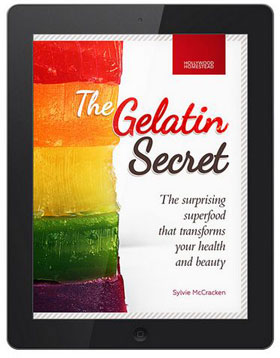
Learn More and Download Your Copy Here
Want to learn more about gelatin and get even more recipes? Check out this post!
Here are some of my newest recipes using gelatin that are not included above:
- Strawberry Clouds Dessert – Rich, creamy, and fluffy, this light strawberry dessert is the perfect ending to any meal.
- Vanilla Bean Faux Cheesecake – This gluten, grain, dairy, egg, and nut free “cheesecake” is DELICIOUS! You don’t want to miss this recipe.
- Double Dark Chocolate Coconut Milk Pudding – What’s better than dark chocolate? Twice the dark chocolate! This rich pudding is filling and nutrient-dense. Everyone will love it!
- Coconut Tulsi (Holy Basil) Ice Cream – Delicious dairy-free ice cream that is perfect for those on the AIP.
- Strawberries & Cream Tart – This gluten and dairy free tart will be loved by everyone, but is perfect for those on the strict AIP.

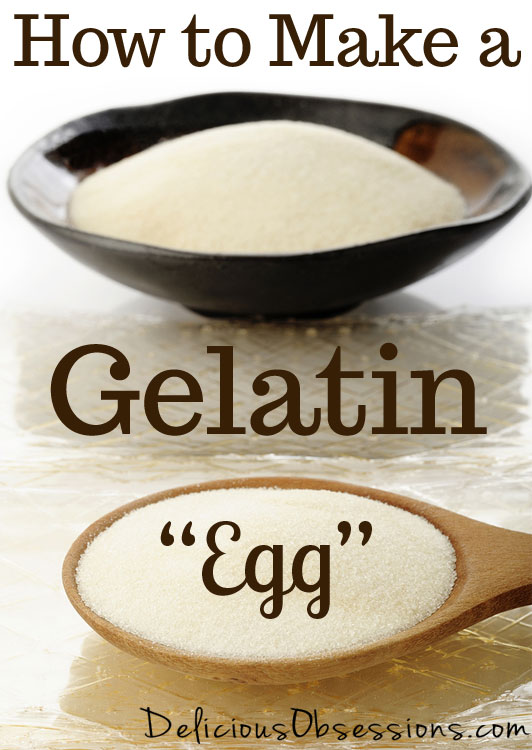
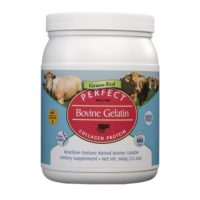
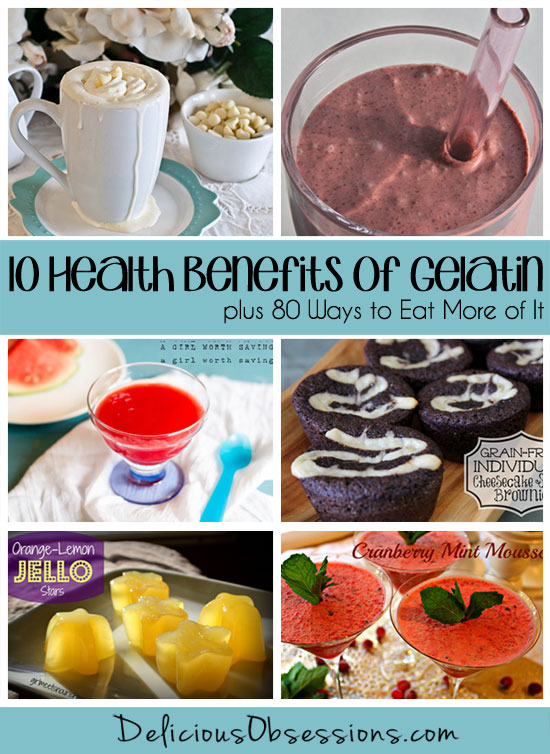
46 Comments